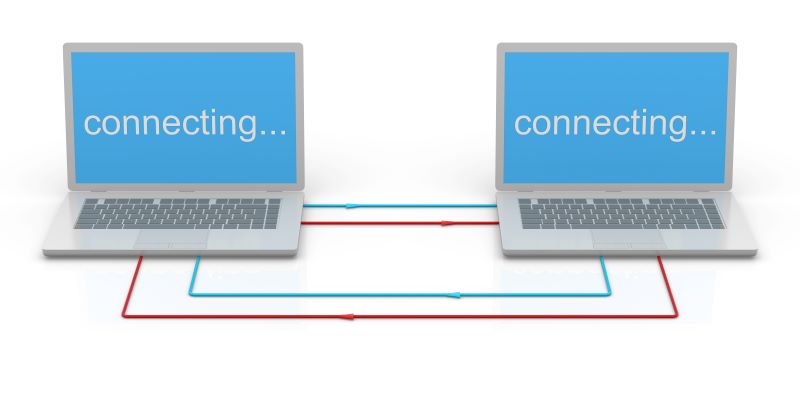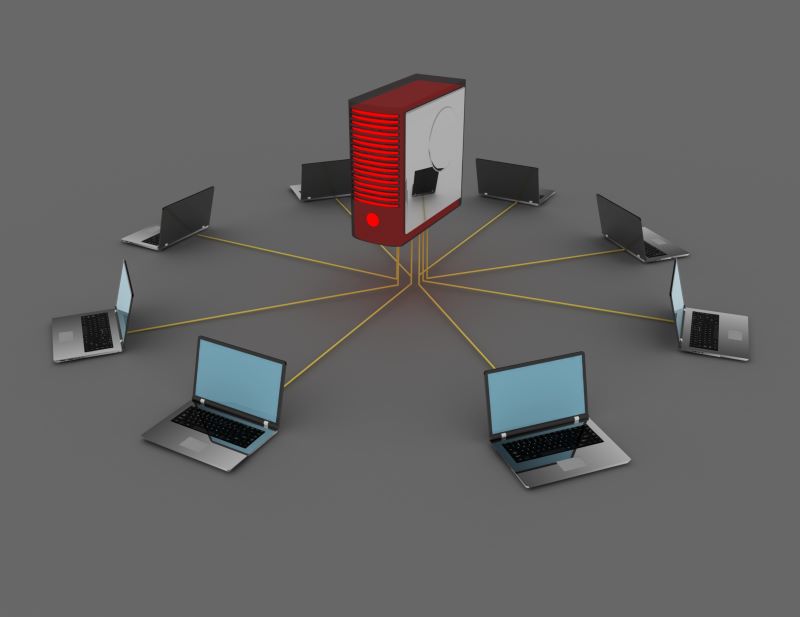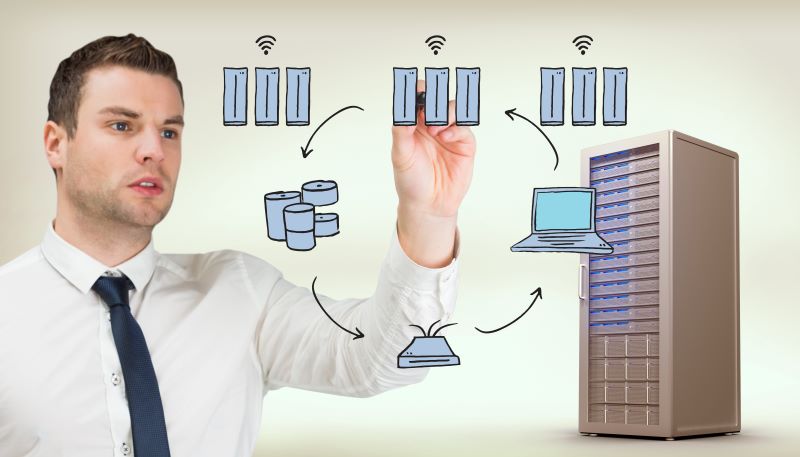The Benefits of IP Subnetting and Proxies
If you imagine the internet as a pathway that connects one device to the next, it’s easy to see how this could become very complicated. Just like navigating a neighborhood development with dozens of small streets, it takes much longer to get from one point to the next if you have to navigate around each route. IP subnetting makes it less problematic, enhances security, and protects privacy.
What is a subnet? By definition, a subnet is a subnetwork or a network that operates within another network. Subnets are used to make networks more efficient by providing more direct routes from one area to the next. IP subnetting cuts down the distance without passing through unnecessary routers.
What is IP subnetting? IP subnetting creates a logical segment of a larger network into a smaller one that’s more manageable. It requires a unique IP address, subnet masks, and default gateways to allow proper connectivity. More so, IP subnetting gets more value out of a single IP address.
However, it’s a bit more complicated than that. If not done well, it may be quite challenging to reach the desired destination efficiently. In this guide, we’ll break down IP addressing and subnetting, explain why subnetting an IP network matters, and show how to navigate IP subnetting practice using proxies for superior outcomes.
Why Is Subnetting Used?

What is one reason for subnetting an IP network? Security, speed, and efficiency are just three reasons. There are numerous other reasons why a network would require multiple IP subnets. Here are some of those.
Smaller network within a larger network: One reason for this is that network administrators create IP subnets for a group of devices that are similar, improving management and visibility. For example, a network administrator may create an IP subnet for specific wired end devices with its own subnet for application services that are within the data center. In doing this, the administrator has an easier time tracking devices when managing IP space. This enables faster troubleshooting.
Increase available IP addresses: Another reason for this is to enhance their private IP address space. These are commonly created as a non-internet routable, and anyone can use them. When the number of private IP addresses is used within that subnet, a new one is created within that space.
Improve network security: The heart of the reasons for using IP subnetting is to create a layer of security. When devices located within a single subject talk to each other, a default gateway routes traffic from one to the other. Administrators often use a firewall or another type of access control to restrict the specific IP subnet or individual IP addresses from communicating, thus providing security.
Increased network reliability and reduced latency: Since IP endpoints that want to connect do not know the destination IP address, a broadcast message is sent out to every device on the subnet. In large IP subnets, this broadcasting messaging can create slowdowns as information travels on the network. Smaller IP subnets help to reduce this and, as a result, improve reliability and performance.
The IP subnet’s main purpose, in most cases, is to portion off a section of a larger network. The devices within that subnet are recognized by their IP address and grouped together in a way that makes it far easier, faster, and more efficient for them to communicate. Thanks to subnetting, traffic routing is optimized.
The Relationship Between Subnets and Proxies

IP subnets are critical to various operational situations. To understand the relationship between subnets and proxies, consider some of the most important use cases of IP subnetting.
- Large companies: In companies with thousands of interconnected devices across various offices or locations, traffic bottlenecks are very common. IP subnetting allows for segmentation, creating more well-defined departments that optimize workflow.
- Data centers: In a data center, the amount of data traversing the system is incredible, and that can lead to potential mismanagement and slower data retrieval. IP subnetting organizes that traffic and partitions its components, allowing for faster routing.
- ISPs: Internet service providers need to distribute consistent data across an entire region, which can lead to slowdowns and complexities. IP subnetting assigns address spaces, creating more guaranteed stability.
You may be wondering how IP subnetting and proxies go together. Proxies work as a type of intermediary, working between two devices to communicate. They reroute your traffic so that it seems like it is coming from a different location, therefore protecting your data from anyone trying to find out who you are or what you are doing.
View Our Full Range
Get the right proxies for the task at hand!

A proxy IP address may be located within the existing subnet, or it may be completely different. The fact is, though, if you want to navigate around website limitations, proxies are critical. Because many of today’s websites monitor access patterns, they can “see” a substantial amount of access coming from a single IP address. That often means they can throw up warnings like CAPTCHAs or IP bans to limit your access.
What’s more, some of the most sophisticated platforms actually put out blocks on an entire range of IPs. They may do this if there is any indication of suspicious activity that comes from a commonly shared subnet. If one user on the subnet is engaging in less desirable actions, that could jeopardize the entire subnet.
Subnetting an IP address is standard practice for proxying. Keep in mind that this is common practice. It’s not something you can choose.
The Challenges of Subnets and Navigating Them

IP subnetting practice is not uncommon, nor is it a bad thing. What it is, though, is a very important process that should be done by a trusted proxy service. That is, if you do not manage this process properly, there could be ramifications.
There are challenges to subnets to consider. For example, a subnet does not provide you with a workaround to use web scraping activities to gather as much data as you want. That is, if you are using an IP subnet as a way to scrape data at an aggressive rate, it’s still going to be detected. Subjects are fully detectable. As a result, if one party is engaging in an activity that is considered suspicious, it can lead to a ban on the whole IP address.
If you are engaging in web scraping, and using the best tools for web scraping, a subnet is not the most reliable way to capture the information you need. Not done properly, it could lead to a ban on the entire IP address that the subnet is a part of – and that can be hard to fix.
Subnetting Works Best When Done By an Experienced Proxy Provider

Considering the value that IP subnetting offers and its overall importance in navigating the web, you may be wondering how you can get the best outcome for web scraping or other similar activities.
First, use a reliable and highly experienced proxy provider. This is critical. It ensures that you are not going to be putting your IP address at risk. Consider a few strategies that may also offer support:
- Use proxy IPs from a large and robust proxy provider. You also want to ensure that your proxy provider provides you options from a range of subnets and not just one subnet.
- It is a good idea to ensure your proxies are geographically distributed. This will make it harder for your actions to be considered suspicious, especially if the trigger is regional. That helps avoid subnet bans.
- Work with a proxy provider that will rotate the proxies you are using. Rotating makes it, again, less likely that you will be detected inaccurately. Switch between proxy IP addresses at various times, and work with your proxy provider to do this as a routine process.
- Utilize residential IPs, as this will create a larger proxy IP pool. In short, it seems more authentic coming from people around the world. (Check out our residential proxies quick start guide for insight into this process).
There is no doubt that utilizing a proxy service is a wise decision and one that will enable you to achieve specific goals, including web scraping. However, it is critical that you understand how IP addressing and subnetting works and how it can play a role in your web scraping tasks. Most importantly, choose the right proxy provider, one that is not going to set you up for bans or other risks.
Let Rayobyte Help You Navigate IP Subnetting Practice and Proxies

At Rayobyte, we offer easy-to-use proxy services for ethical use cases. That includes rotating ISP proxies and residential proxies, some of the most important considerations for IP subnetting. If you have questions or concerns, or you’re ready to learn more about our proxy service, contact Rayobyte now to get started.
The information contained within this article, including information posted by official staff, guest-submitted material, message board postings, or other third-party material is presented solely for the purposes of education and furtherance of the knowledge of the reader. All trademarks used in this publication are hereby acknowledged as the property of their respective owners.



